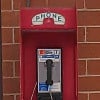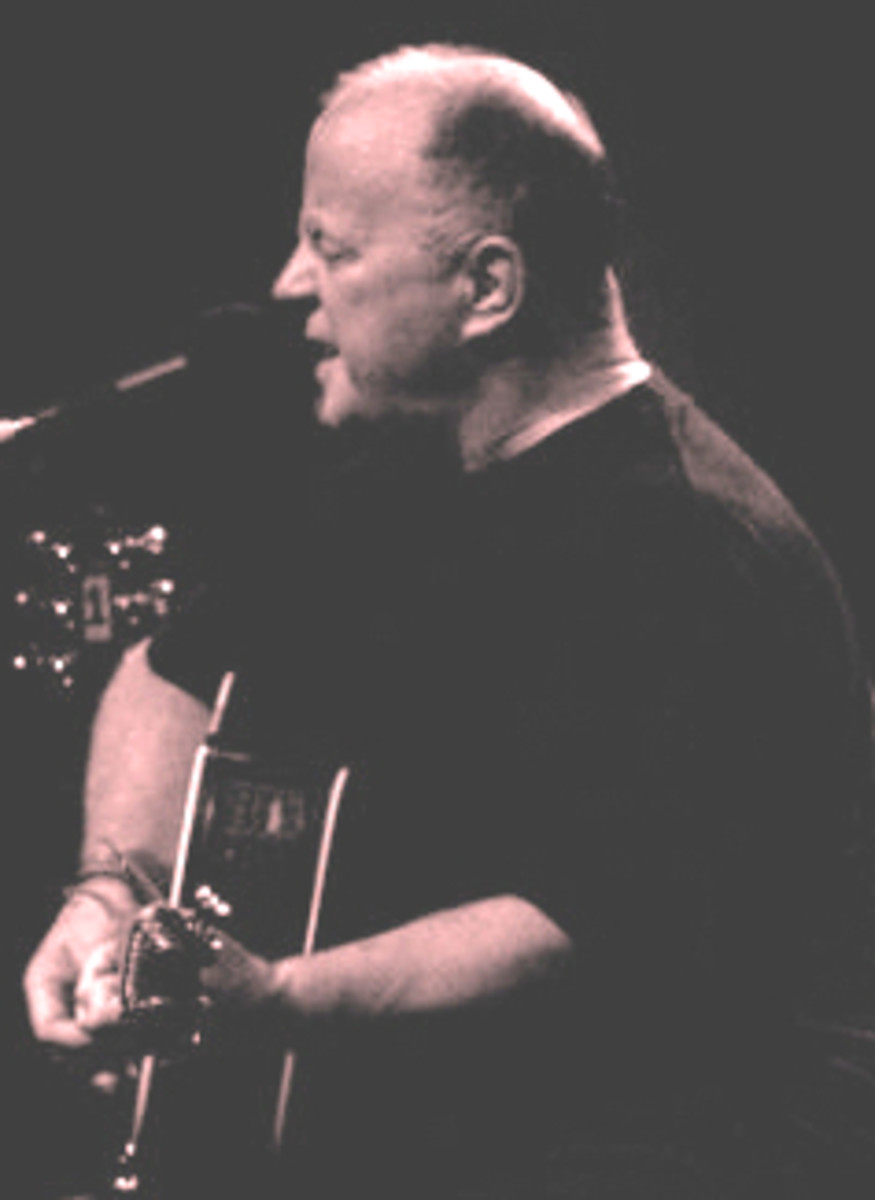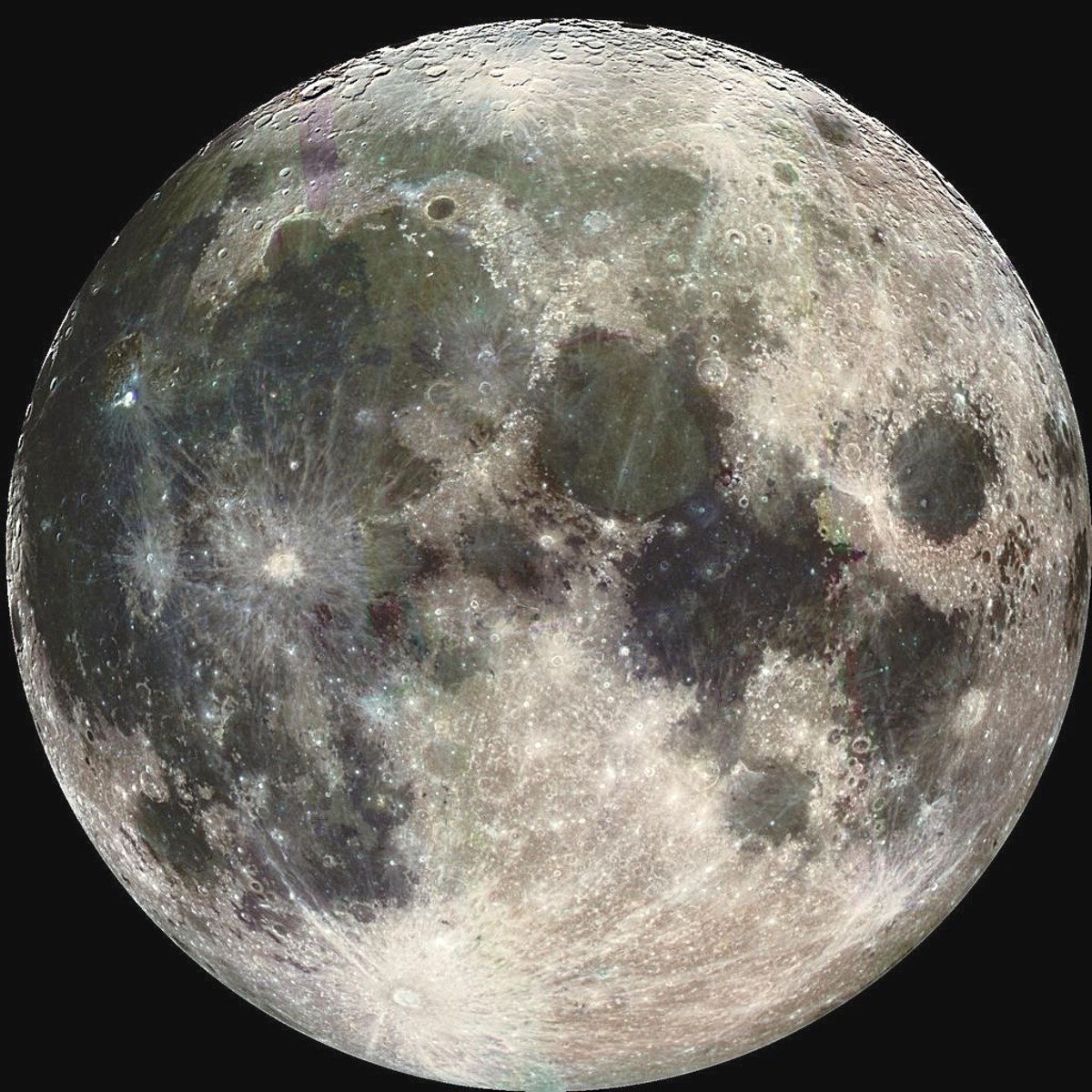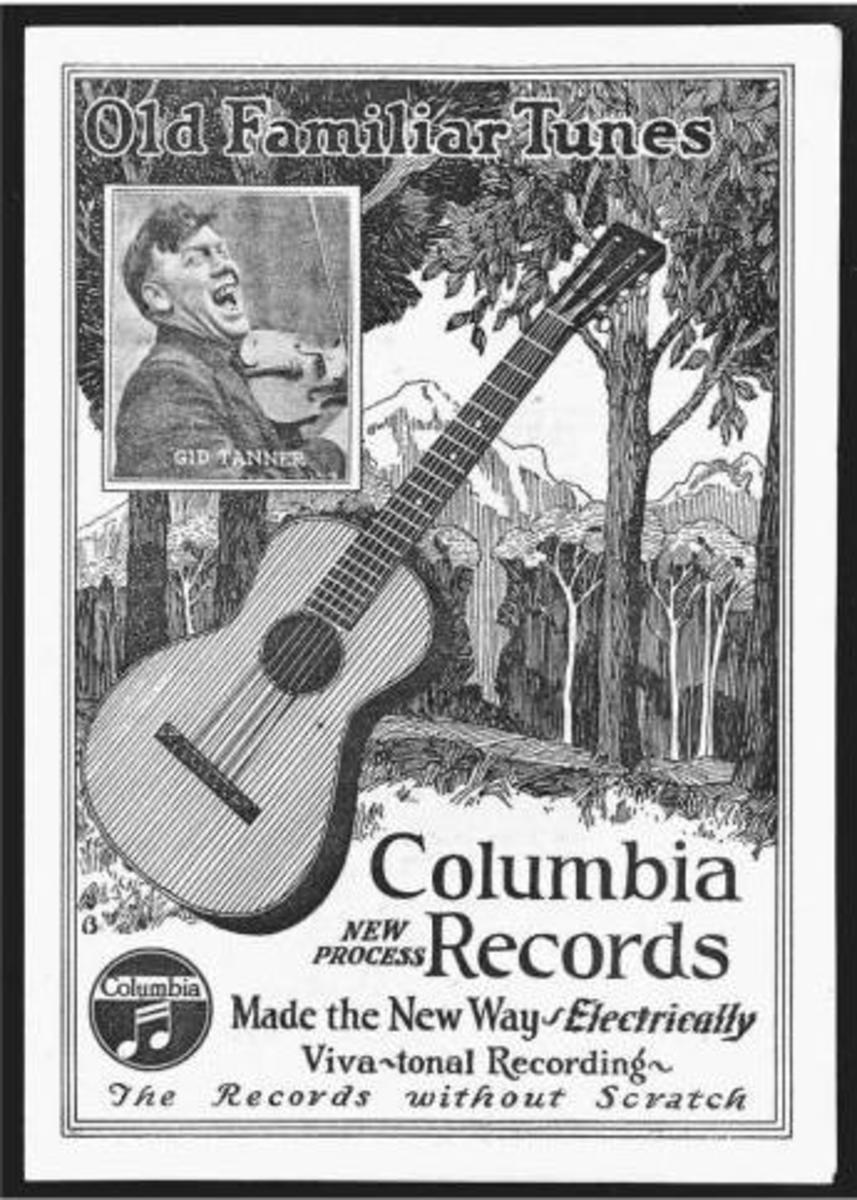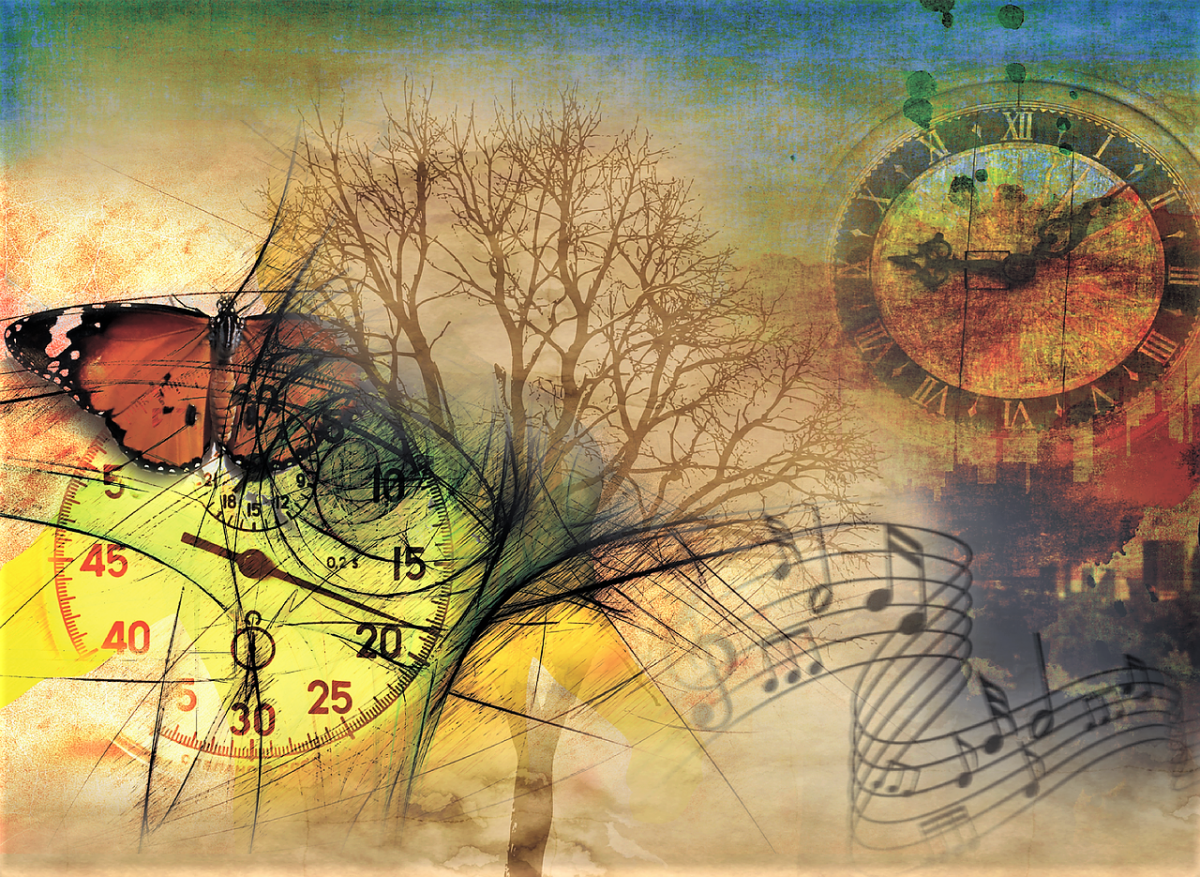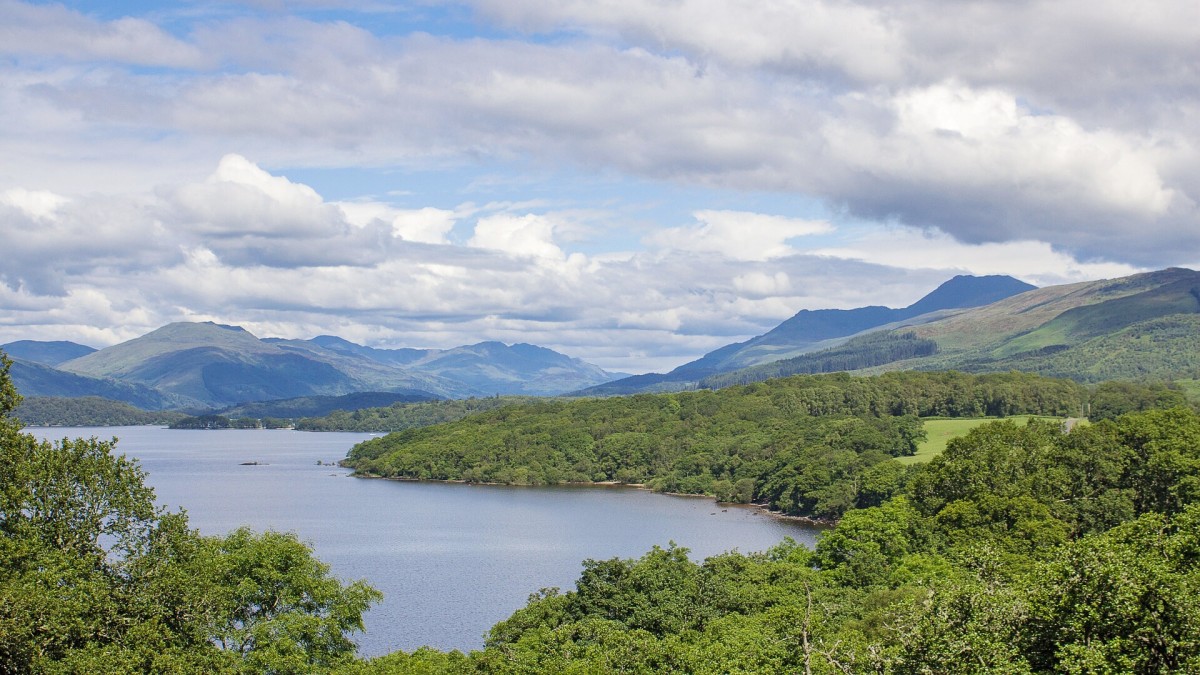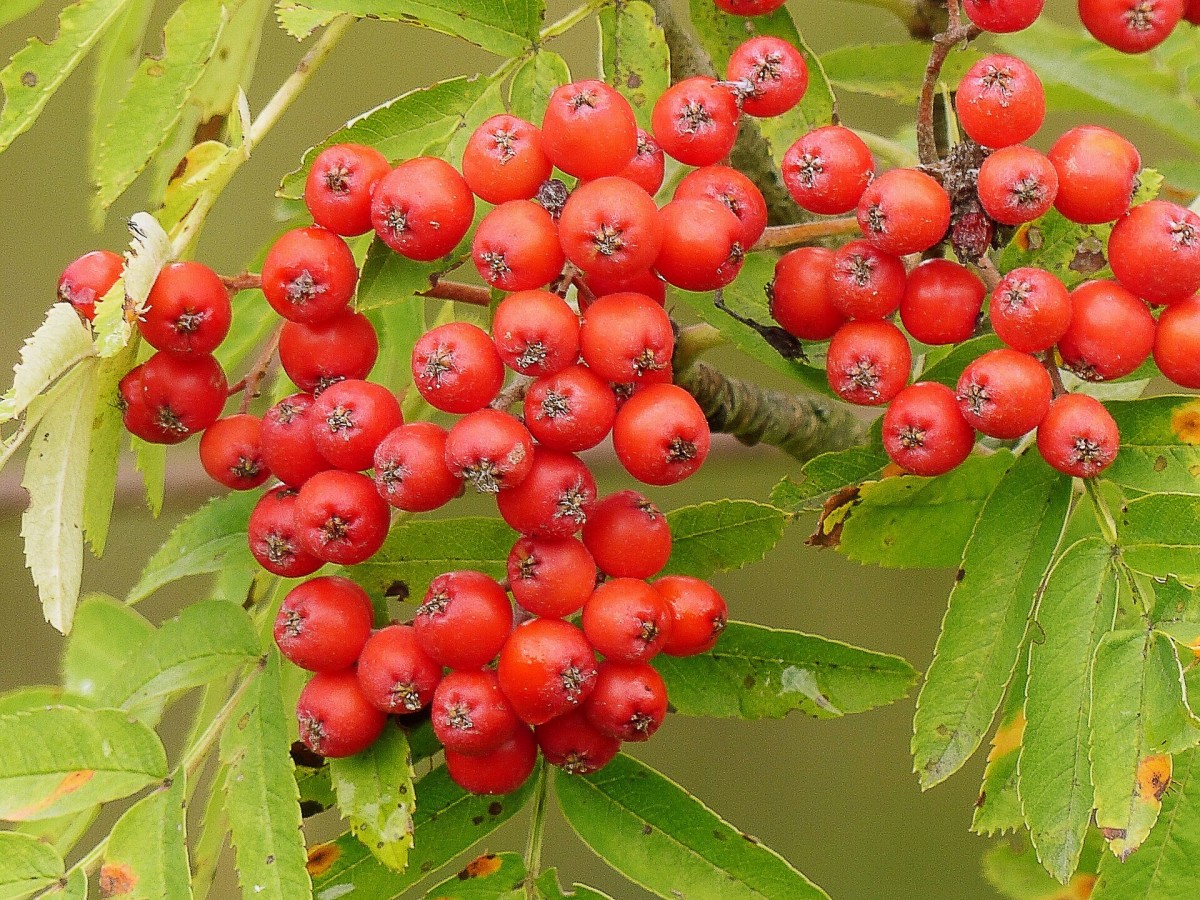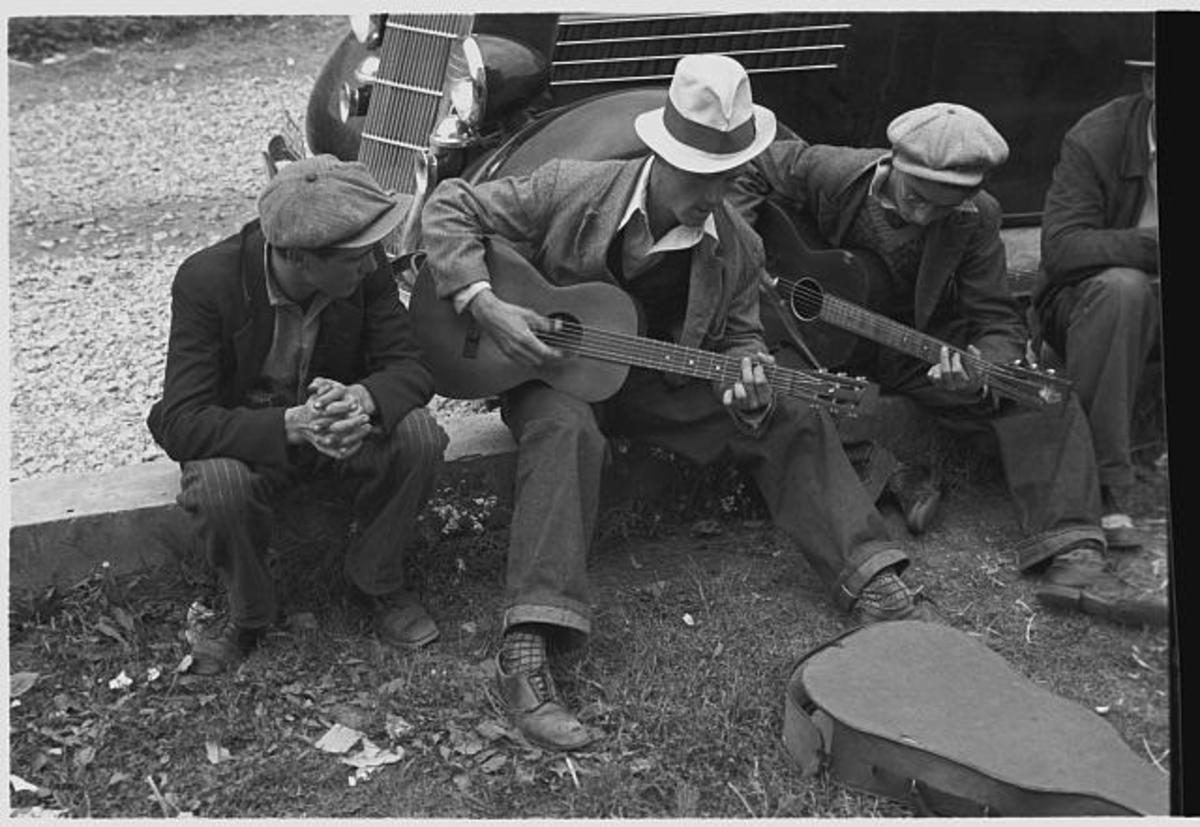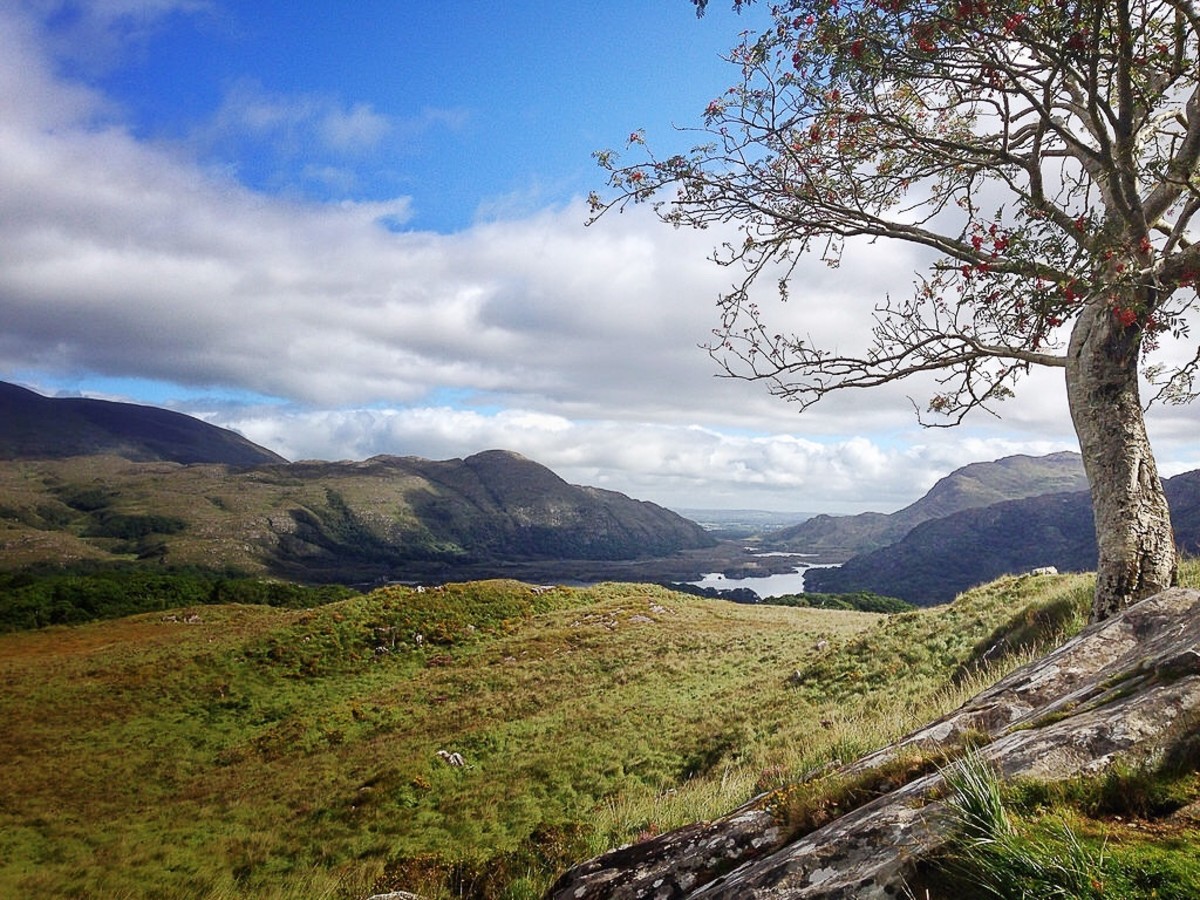Background Information About Folk singers and Folk music.
English Minstrel at renaisance Fair
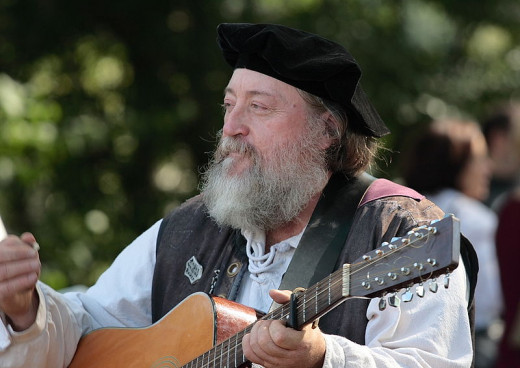
Some History
For the purposes of this hub, I consider a folk song to be
primarily a traditional song, passed down from generation to generation
especially in the oral tradition.
The dictionary defines a folksinger as someone who sings folk songs or sings in
the style associated with folk songs. Some folksingers have been called balladeers,
which are defined as a singer of ballads, since a ballad is defined as a
narrative poem, often of folk origin, intended to be sung, and consisting of
simple stanzas and usually having a refrain. For our purposes a folksinger and
a balladeer appear to be pretty much the same. A secondary meaning of ballad
one often hears in pop and country music is: a popular song, especially of a
romantic or sentimental nature. We will ignore that meaning here.
One other definition is applicable here. Often a folksinger, especially in the
1960's called themselves minstrels. Minstrels were medieval entertainers who
traveled from place to place, especially to sing and recite poetry. They might
also be a lyric poet and/or musician. Until recently a minstrel might have been
part of a troupe of entertainers made up in blackface and presenting a comic
variety show. The later definition is not of too much interest here, but in
passing there were contributions to folk music by the minstrel show. Dan Emmett
contributed such songs as “Dixie” and what is now known as “Turkey in the
straw” among many others.
Also, a trend in the 1960's was for “singer-songwriters” to become known as
folksingers. Most notably among these was Bob Dylan, who started out performing
traditional song and the songs of an earlier singer songwriter: Woody Guthrie.
I do find it odd, any more, to go to a “folk” concert and not hear a single
traditional song. Those who grew up in the sixties do seem to feel that
everything was invented in that era. However, singer-songwriters have been
around for a long time before that. Many singers wrote songs. Gene Autry, for
example, wrote and co-wrote a number of songs. “Here Come Santa Claus” was a
Christmas song he wrote. Autry did not write “Rudolph the Red Nosed Reindeer”
but he sang it and it made a lot of money for him. I would, by the way,
consider these to be folk songs since they have entered the popular tradition.
Recently composed songs such as these can become folk songs but I find it hard
to accept that someone just sits down and writes a “folk song.” I think it is
the “folk” that eventually decide what is and is not a folk song, not the
writer or their fans.
In response to a question about what extent the 1960's boosted folkmusic, Pete
Seeger said in a TV interview that the sixties harmed folkmusic rather than
helped it. The term folkmusic is not as useful as it used to be. He did say
that there are many kinds of folk music that might not be called folkmusic. For
example Cajun and Zedico, bluegrass and the kind we are interested in here,
songs about outlaws.
Authors note
This article was originally part of my hub "Heroes, Outlaws and Other Folk." I realized that that hub had far too much material, was cumbersome and hard to read.
Link to Heroes, Outlaws and other Folk
- Heroes, outlaws and other folk
Dick Turpin hero was his name He from Dublin City came --from folk song
Minstrel links
- The History of Poetry
Traces the history of poetry from its origins in early agricultural societies where it was spoken or chanted as a spell to promote good harvests through to the end of the twentieth century. - The Minstrel in the Gallery
Best known to anyone over the age of 40 as the wildly flamboyant and wildly talented front-man, singer/songwriter and flautist of British super-rock renaissance/metal band Jethro Tull, Ian Anderson has had a... - John Hartford:Riverboat Pilot and Minstrel
A live performance by John Hartford was a unique experience. But Hartford was a unique performer. Someday my baby, when I am a man, and others...
